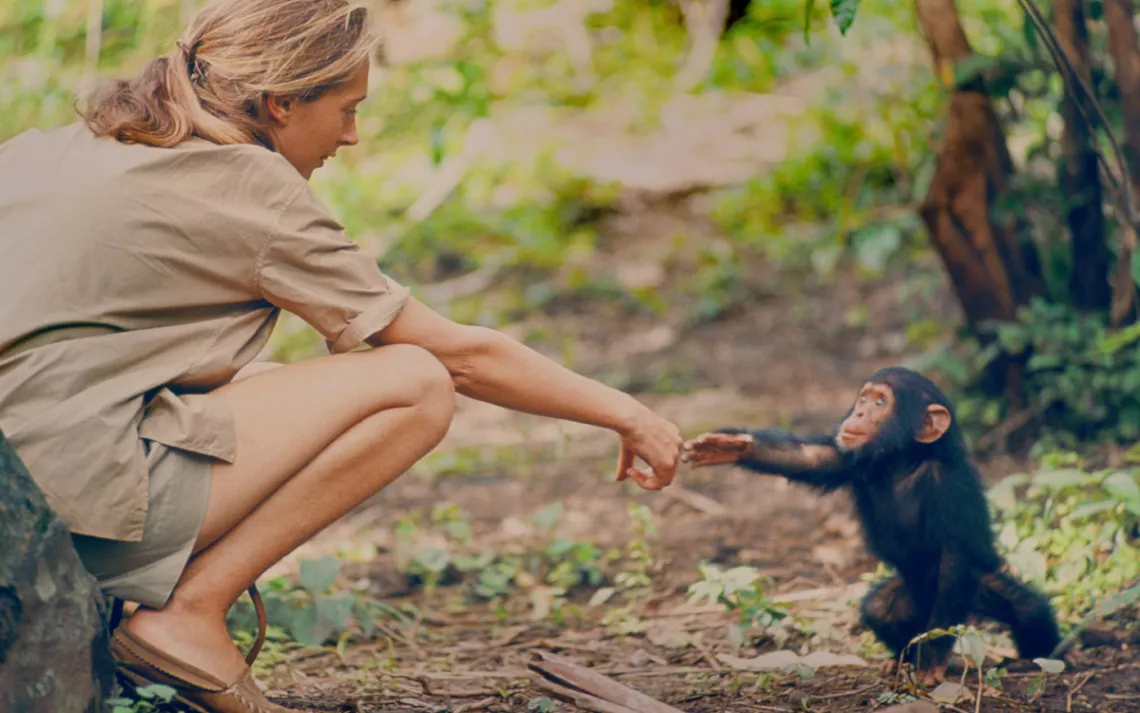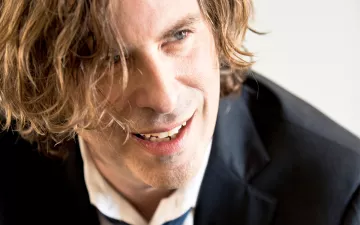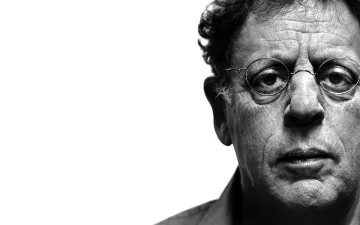Brett Morgen Talks About Re-creating Jane Goodall’s Jungle in “Jane”
For starters, the director had to warm his star to the very idea of this film

Photos courtesy of National Geographic
In March 2015, Brett Morgen, the Oscar-nominated director known for gritty films about the Rolling Stones, Kurt Cobain, and movie producer Robert Evans, was on a global tour to promote his latest when he got an unexpected phone call from the National Geographic Channel. The producer on the line told Morgen about a serendipitous discovery in the Nat Geo archives: a trove of previously unseen footage showing Jane Goodall in Gombe, Tanzania, in the early 1960s, before she was a world-famous primatologist. Goodall’s late ex-husband, photographer Hugo van Lawick, had produced the lush footage, and Nat Geo was calling to see whether Morgen—who had extensive experience crafting modern film out of pre-existing material—would be willing to turn the 60-year-old footage into a movie depiction of the decidedly un-rock 'n' roll Goodall.
“I thought it was a wrong number or a joke—it just seemed like such a stretch,” says Morgen, who immediately pointed out that several films based on Goodall already existed. Then, Nat Geo sent along van Lawick’s raw footage of the African jungle. "It was clearly one of the most important deposits of 16mm film from the past 75 years, second only to NASA’s,” he says. “I couldn’t believe what I was seeing. There was a lyricism in the images that I thought would visually complement Jane’s revelatory observations, described in her book [In the Shadow of Man] from that time.”

Sierra spoke with Morgen about the experience of unscrambling and cataloging van Lawick’s 140 hours of shots and crafting an immersive film that carries a poignant message about wildlife and rainforest conservation.
Sierra: What was Dr. Goodall’s initial response to the film idea?
Brett Morgen: She wanted nothing to do with either me or the film. The first question I asked her was whether she gets tired of telling her story, and she looked me straight in the eye and said yes, she’d told it millions of times before and there was no reason for this film to exist, and therefore she didn’t want to waste her precious time talking to a film crew when she could be out educating students. So, that was the environment we entered. Jane had given permission for the film to be made, but she basically told me, “That’s your thing; leave me out of it.”
I imagine you had to spend a lot of time with her to create the film, though.
Absolutely. One of the things that struck me about Jane’s book was how my approach to work mirrors hers—it’s that sense of immersion. When I got into documentaries in the late '90s, we were still in a more objective place, and my approach was to embrace the subjective by trying to embody the subject matter. It’s essential to understand the rhythms of the characters in a way that allows me to get into their skin. I lived with Robert Evans, my first subject, for nine months to present his experience from the inside out—and that approach was very similar to how Jane studied her chimps. One of my favorite parts of her story is when she’s in Gombe, but before she’s been invited to hang with the chimps. Other people would’ve quit, but Jane has this tireless passion and is going to make use of every second of every day. She’s gonna go to the chimps’ tree, look into their feces, and generally eat/drink/live like a chimp, which was very antithetical to what science was suggesting at the time. I was interested in a film that would observe Jane—that involved not just Jane observing the chimps, but us observing Jane.
How did you ultimately win over Dr. Goodall?
Normally I cut a film before I incorporate the documentary-style interview, so that I can preserve the integrity of the work and also so I can streamline my interview, but for this one I started with Jane. We had a tremendous crew of probably 50 people when we showed up to meet with her in Gombe [at Goodall’s research station], and when she saw how seriously we were taking the work, she knew something was up. When I sat down with Jane, she could tell her story on autopilot—although, like any 82-year-old, she needs help jogging her memory when it comes to certain areas that she’s not so used to talking about on a daily basis. One of those areas was her romantic interest in Hugo [van Lawick], which isn’t something she talks about on her lecture tours. I don’t think anyone really asks her about it, so there was an area I was interested in exploring in the film.
We did a few days’ worth of interviews, and I think that by the end, I’d earned Jane’s respect. She knew I was very serious about what I was doing, and at one point I showed her a clip of the footage that she hadn’t seen before, and I saw her kind of light up; it seemed to bring her back to a certain time and place. At a screening the other day, Jane told a story about how when she approached the film, she dismissed it outright, but how after viewing it, she felt it was the first and only time she was able to relive those early years.
Can you talk about your impressions of the Gombe of today versus that which viewers see in the film?
Not surprisingly, it was more barren than what it is today. They’d just had some controlled brushfires in Gombe National Park.

The film is majestically underscored by legendary composer Philip Glass. What was the nature of your collaboration with Glass?
I brought Phil in from day one. After viewing Hugo’s footage, I could kind of see the film as a cinematic opera, and I wanted it to have a very strong musical voice. I knew it needed to be done by someone of Jane’s stature—someone as iconic as she is. So I started with just two people in mind. When I sent Phil some stuff I was playing around with, he responded very well and came on board. But still, I was a little concerned because Phil’s work can be cold and distant, and we needed a very warm and emotional score. But then he sent in some cues, and it was this romantic interlude that I knew would serve the film so well. I was playing it at home and my wife said, “I think Phil’s falling in love with Jane,” and when I talked to Glass the next day, he said, “I might be falling in love with Jane a little bit.”
What was your biggest takeaway from creating this film?
There’s one thing that unites Jane, Phil, myself, this film’s editors, and most of the people involved in this film: We’re all from different worlds, but we’ve all elected to exist in a field that is our passion, our love, and our vocation. I think the lesson from Jane is to find something to do that you love, because you will always be happy. It sounds kind of saccharine, but I think the message of Jane Goodall transcends science and music and film, and really becomes about making the most of each day—of leaving the world just a little bit better for the next generation. Because really, that’s all we can do. The reason people cry when they’re around Jane is because they’re overwhelmed by her dedication and her sacrifice. She’s been touring the world educating people about conservation and deforestation issues for 30-plus years. Few people will leave the world with such impact as Jane Goodall. What she achieved had never happened and will not happen again in the history of evolution.
 The Magazine of The Sierra Club
The Magazine of The Sierra Club



